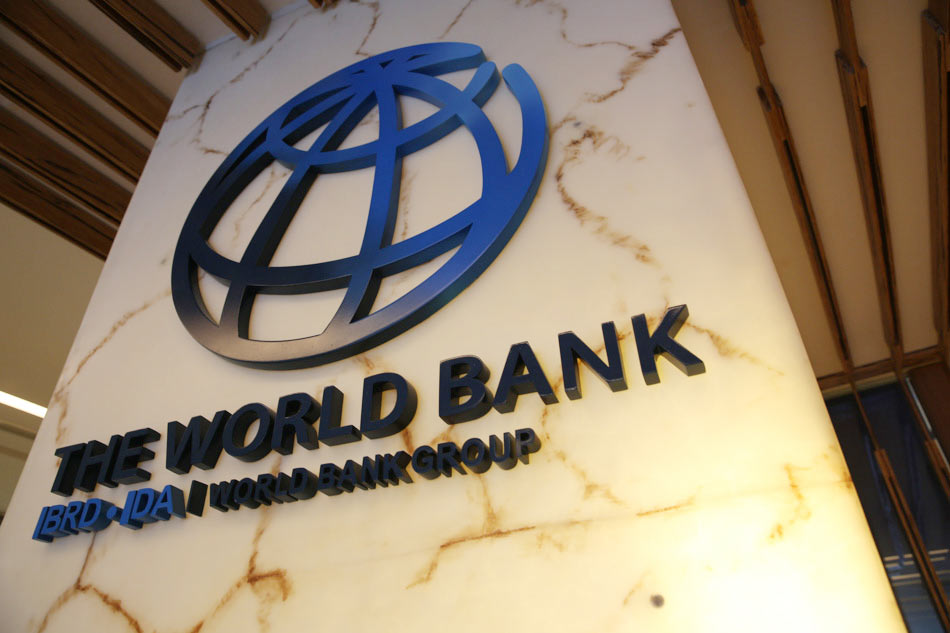The World Bank said Tuesday that Latin America and the Caribbean (LAC) experienced a significant economic slowdown last year, growing just 2.2 per cent.
In its latest “Global Economic Prospects,” report, the World Bank said that this deceleration came in the context of heightened inflation and tight monetary
The Washington-based financial institution said the economic outlook for the region suggests a gradual recovery, with growth projected to increase to 2.3 per cent in 2024 and 2.5 per cent in 2025.
“While the lingering effects of previous monetary tightening will continue to influence near-term growth, their impact is expected to diminish. As inflation slows, central banks are expected to reduce interest rates, alleviating obstacles to investment growth.”
The bank said excluding Guyana, which is experiencing a resource boom, Caribbean economies are expected to grow by 4.1 per cent in 2024 and 3.9 per cent in 2025, partly due to the ongoing expansion of the tourism sector.
According to the bank, the Bahamas will register growth of 4.3 per cent in 2023, dropping to 1.8 per cent next year and 1.6 per cent in 2025.
Barbados, which registered growth of 4.6 per cent last year, will record four and three per cent growth over the next two years, while Belize’s 4.5 per cent growth last year is predicted to fall to 3.5 and 3.3 per cent in the next two years.
The World Bank said Dominica registered growth of 4.9 per cent last year and will record growth of 4.6 and four per cent in the next two years, while Grenada’s 3.9 per cent growth last year will dip slightly to 3.8 and 3.5 for the years 2024 and 2025.
The financial institution said Haiti, which has registered a negative economic growth of 2.5 per cent, will continue to record positive growth over the next two years of 1.3 and 2.2 per cent respectively.
Guyana, which recorded growth of 29 per cent last year, is predicted to register growth of 38.2 per cent next year and 15.2 per cent in 2025.
Jamaica’s economic growth of 2.3 per cent last year is predicted to decline slightly to two and 1.4 per cent over the next two years, while St Lucia’s 3.2 economic growth in 2023, will decline to 2.9 and 2.3 per cent over the next two years.
The World Bank said St Vincent and the Grenadines is expected to register growth of 4.8 and 3.7 over the next two years, down from the six per cent it recorded in 2023, while Suriname’s growth of two per cent last year, is expected to grow 2.6 and three per cent over the next two years.
The World Bank said that in the long term, the region faces persistent challenges.
“The potential for economic growth is declining amid a slowdown in total factor productivity and an ageing population.”
The World Bank said the projected modest regional expansion is beset by risks.
It said escalating geopolitical tensions, especially in the Middle East, could disrupt energy markets and cause oil prices to surge.
Extreme weather events, intensified by climate change, present additional risks, particularly to climate-sensitive sectors such as agriculture, energy, and fishing.
“External factors and global trends also contribute to the risk landscape. Persistent core inflation in advanced economies could be accompanied by persistently high global interest rates and constraining monetary and fiscal policies in the region.




